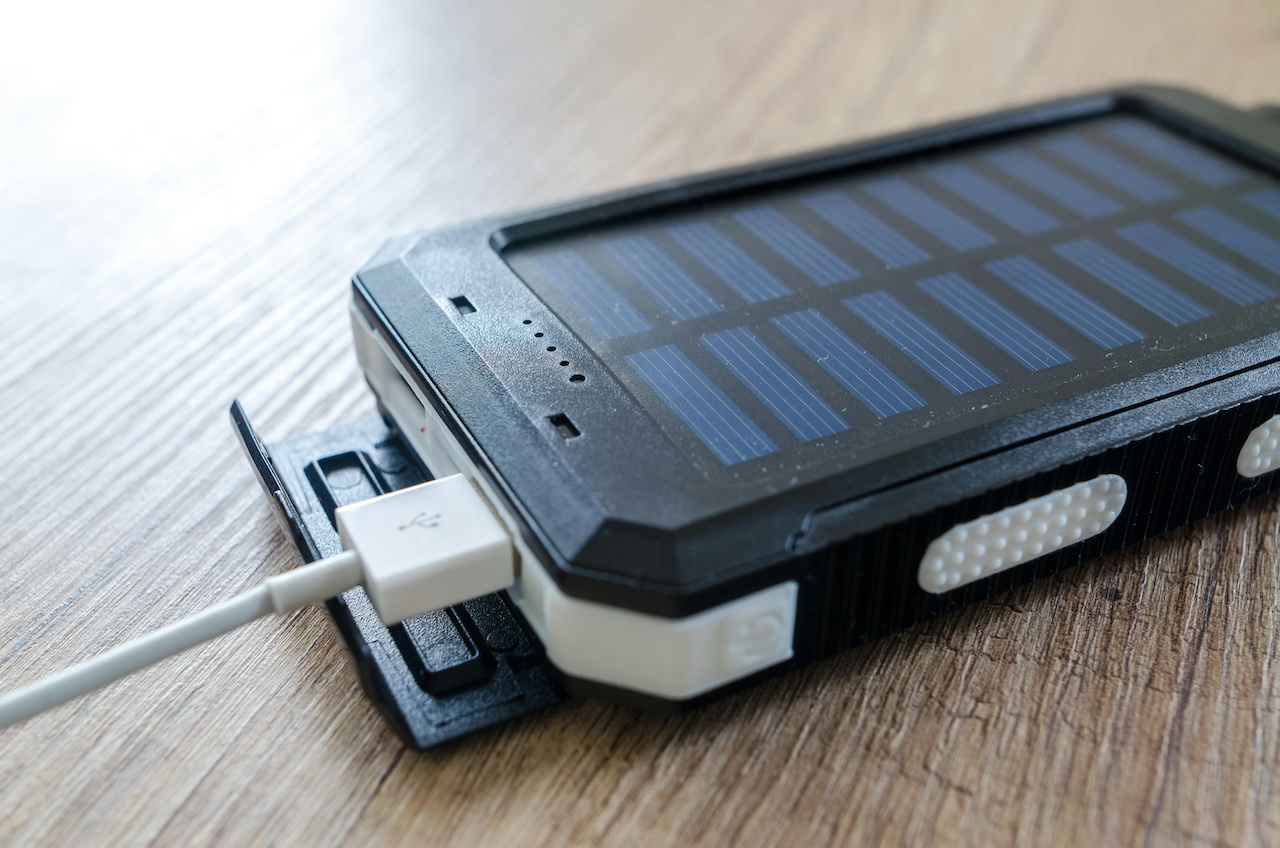Lithium-ion batteries power many of the devices we use every day, including smartphones, laptops, vapes, e-scooters, and e-bikes.
There are many benefits to lithium-ion batteries: They are efficient, affordable, and rechargeable. However, lithium batteries also carry a strong fire risk.
You can reduce the risk of lithium battery fires if you take care when using, storing, and recycling your devices that use lithium batteries. In this post, we’ll share some tips on keeping yourself and your property safe.
As we’ll explain below, e-scooters and e-bikes that run on lithium batteries can be particularly at risk of fire. A dedicated bike insurance policy can cover the costs of repairs, or the cost of a replacement bike, in the event of theft, loss, or damage. For more information, get in touch and we’ll sort you out.
What Causes Lithium Battery Fires?
If they’re manufactured, used, stored, and disposed of correctly, lithium batteries can be perfectly safe. Yet when they’re fully charged, lithium batteries store a lot of energy. This can cause major issues if the batteries are damaged in any way, or if they degrade, or if they’re exposed to extreme temperatures.
Heat and pressure can build up inside the battery, leading to a chemical reaction known as a thermal runaway: The battery will rapidly overheat and can spontaneously ignite. And when a lithium battery catches fire, it can burn at temperatures as high as 1000°C. A burning lithium battery can also release certain gases which are themselves flammable, which can result in an explosion.
Because of this, when lithium batteries catch fire, the fire can spread quickly.
Why Are e-Bikes and e-Scooters Particularly at Risk of Lithium Battery Fires?
Why are e-bikes and e-scooters particularly at risk? It could be for a number of reasons:
- The batteries might get damaged, or in some way degraded, when the e-bike or e-scooter gets scuffed during use.
- Some owners might leave their e-bike or e-scooter out overnight. If it rains, the moisture could contribute to battery degradation.
- Excessive heat or excessive cold could also cause the battery to degrade, which in the long-term could result in a fire.
In 2023, 338 fires involving lithium batteries were linked to e-bikes and e-scooters.
How To Reduce The Risk of Lithium Battery Fires
- Only buy products and chargers from reputable manufacturers. Look for safety marks on the packaging and beware of buying “fake” goods. There’s no guarantee that the battery found in a cheap imitation will meet the rigorous EN standards.
- Look out for any sign of wear and tear to your device’s battery, such as dents, scratches, bulges, or swelling.
- Also look out for performance issues – such as the battery charging too slowly, discharging too quickly, or getting hot to the touch.
- Store any device that uses a lithium battery in a place that’s cool, dry, and well-ventilated. This extends to e-scooters and e-bikes – do not store them outside.
- Never leave a device plugged in while you’re out of the house, or overnight. Try to unplug your device as soon as you get a full charge.
- Also take care in how you dispose of devices with lithium batteries. Otherwise, it could later lead to waste fires. Here’s some government guidance on the correct way to recycle batteries and electrical products.
Get Cover For Your e-Scooter or e-Bike
If you have an e-bike or e-scooter, a dedicated bike insurance policy can cover the costs of repairs, or the cost of a replacement bike, in the event of theft, loss, or damage. For more information, get in touch and we’ll sort you out.


